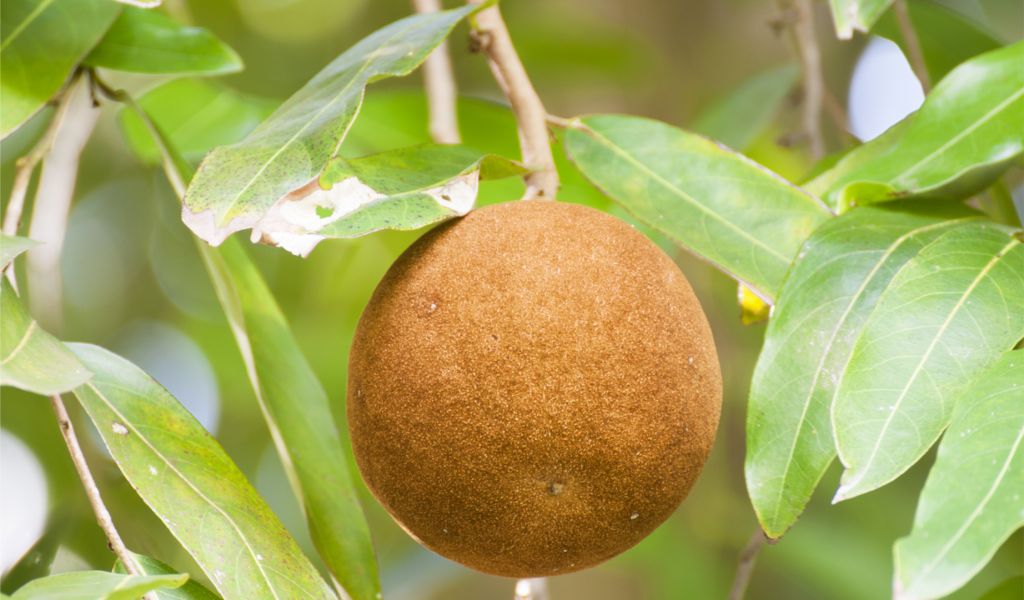ໝາກກະເບົາ / Chaulmoogra
APA 6th ed. ໝາກກະເບົາ / Chaulmoogra. (2019, April 3). Retrieved from https://www.phakhaolao.la/index.php/kb/0000187
MLA 8th ed. ໝາກກະເບົາ / Chaulmoogra. Pha Khao Lao, 3 April 2019, https://www.phakhaolao.la/index.php/kb/0000187.
Chicago 17th ed. Pha Khao Lao. 2019. "ໝາກກະເບົາ / Chaulmoogra." Published April 3, 2019. https://www.phakhaolao.la/index.php/kb/0000187.

Vietnamese: nang trung, lo noi, chong bao.
Burmese: kalaw
English: chaulmoogra
French: arbre à lèpre (leprosy tree)
Mak kabao is an evergreen tree 8-30 m high, with 50-cm buttresses at its base and a DBH of 60-120 cm. The grey bark is smooth, and the inner bark white-yellow. The twigs are hairy at the tips, while its leaves are leathery, 15-32 x 4-8 cm, and with a leafstalk that is 1.2-1.6 cm long. The inflorescences are short flat-topped clusters of four to nine densely haired flowers. These white-green flowers are 4 mm long and do not have a pleasant smell. Male and female flowers appear on different trees. The fruit stalks are brown and the hard grey-brown fruit egg-shaped but irregular. It is 2.5-3 cm long, 2.5-10 cm wide, with a hairy but brittle skin. The greyish seeds are angled with blunt ends, oily, and dark brown, measuring 3 x 1.5 cm. The fruit of these species has been used for centuries in Southeast Asia. The Hydnocarpus kurzii var. conica Craib. is only known in Thailand.
Mak kabao seeds have medicinal properties, used externally in the treatment of rheumatism and other chronic skin diseases, and internally to treat leprosy. In England lung tuberculosis is treated with the seeds, which are also applied in veterinary practice. Eating pigs or fish that have been feeding on the seeds can cause sickness and vomiting.
